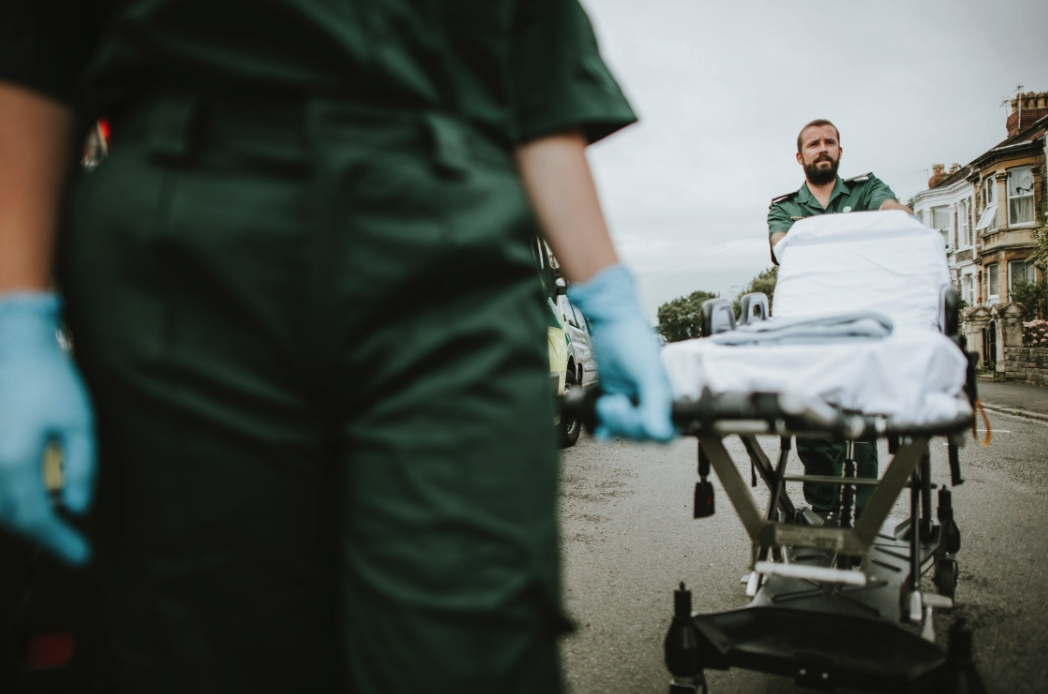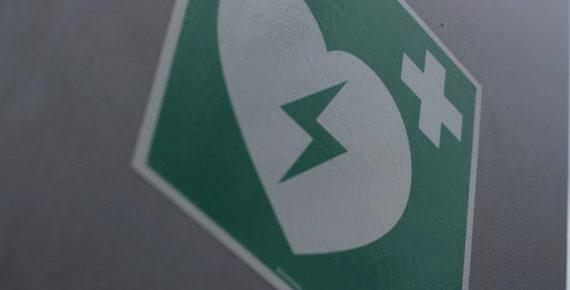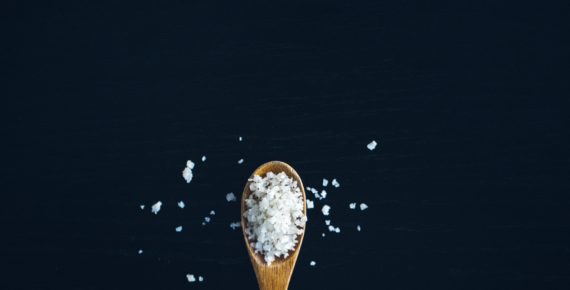
Sudden cardiac arrest (SCA) garners a lot of attention due to its ability to strike without warning. In the UK alone, it kills around 100,000 people every year. For anyone that suffers from a sudden cardiac arrest, survival rates stand at less than 1 in 10 people.
This rapid and often completely unexpected onset of SCA highlights the importance of preparation. Let’s take a look at the causes of this heart disorder and what to do in an emergency situation.
The heart requires electrical signals to beat regularly and effectively. When these signals malfunction, it can cause a dangerous and abnormal heart rhythm called ventricular fibrillation.
During ventricular fibrillation, the electrical signals in the lower chamber of the heart become chaotic. This causes an extremely rapid and irregular quivering, known as fibrillation. When the heart is in this condition, it cannot effectively pump blood to the rest of the body.
Without a working pump, blood stops reaching the brain and the victim of an SCA will lose consciousness in seconds. If the heart is not shocked back to its normal rhythm using a defibrillator, death can follow within minutes.
There are many different causes and factors when it comes to the malfunction of the heart’s electrical signals. Placing physical stress on the heart can trigger SCA in people, usually with pre-existing heart problems.
The heart is put under stress during intense physical activity and has triggered tragic cases of sudden cardiac death. This does not mean exercise should be avoided or that it causes SCA – regular exercise is one of the best forms of prevention. It just highlights the importance of getting your heart regularly checked out for pre-existing heart conditions which can trigger SCA during the stress of intense physical activity.
The minerals potassium and magnesium play a vital role in your heart’s electrical signalling. If these drop dangerously low, SCA is much more likely to occur. Drug abuse or overdose can also trigger a malfunction in the heart’s electrical signalling.
There are many genetic dispositions that increase the likelihood of an SCA. One of the most common is long QT syndrome (LQTS). Anyone suffering from this disorder has problems with the tiny pores on the surface of heart muscle cells. This structural problem increases the chances of sudden, uncontrollable, and dangerous electrical rhythms in the heart.
When blood flow slows or stops to the heart, the heart can’t get enough oxygen which often leads to heart attack. During a heart attack, the heart can be damaged and scarred. These damages put further stress on the heart and increase the risk of SCA.
When it comes to an SCA, acting fast can really mean the difference between life and death. If a defibrillator is used and effective CPR is performed within 3-5 minutes of cardiac arrest, their chance of survival increases from 6% to 74%. Equipped with confidence and proper procedure, you’ll know how to act quickly and effectively in the event of an SCA.
At Defib365, we want to ensure that individuals across the UK have access to specialist equipment that can help to save a life without putting a strain on your bank account. Whether you would prefer to lease or buy our products, get in touch today on 0333 050 6649 to find out how we can help you.

A defibrillator might not seem like essential office equipment. But in an emergency, they could be the difference between life and death. Due to the growing awareness of the danger of sudden cardiac
Read More
We associate heart problems with poor lifestyle choices – unhealthy diet, lack of exercise, chronic stress – that sort of thing. However, science paints a more complex picture of heart health. Genetics also
Read More
Sudden cardiac arrests (SCAs) are like electrical malfunctions. They happen when the signal to your heart stops. As a result, the heart can’t pump blood to the brain and many fall unconscious. There
Read More
It’s one of life’s unfortunately grim statistics: there are more than 30,000 out of hospital cardiac arrests in the UK each year. Without rapid treatment using CPR and a defibrillator, chances of survival
Read More